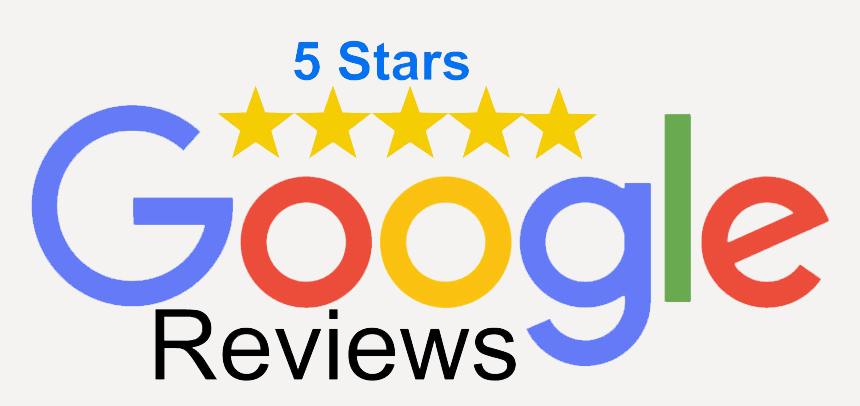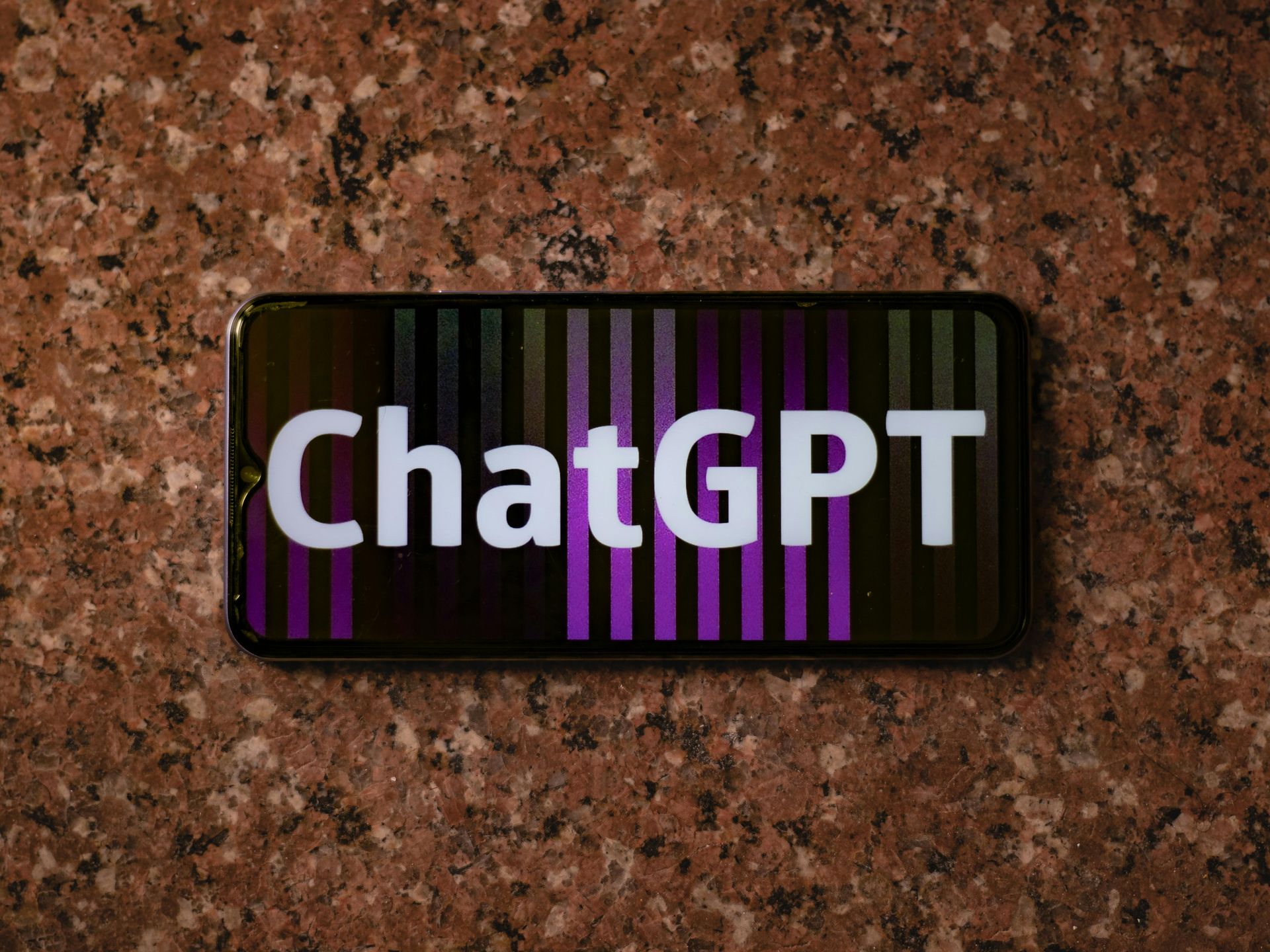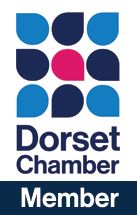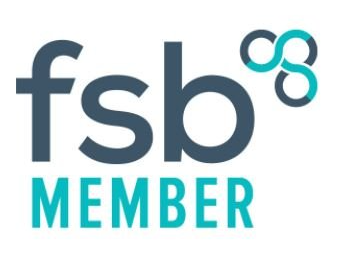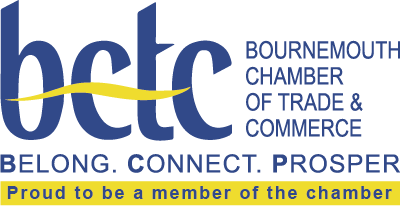Google Maps Search Engine Optimisation (SEO) vs. Traditional SEO: Which Is Right for Your Business?
Finding the Right SEO Strategy for Your Business Needs.
When it comes to increasing your online presence, SEO is vital. However, not all SEO approaches are the same, and understanding the differences between Google Maps SEO and traditional SEO can help you make the best decision for your business. Both have their own strengths, but they cater to different needs and goals. Let’s look at what sets them apart and which one might suit your business better.
What is Google Maps SEO?
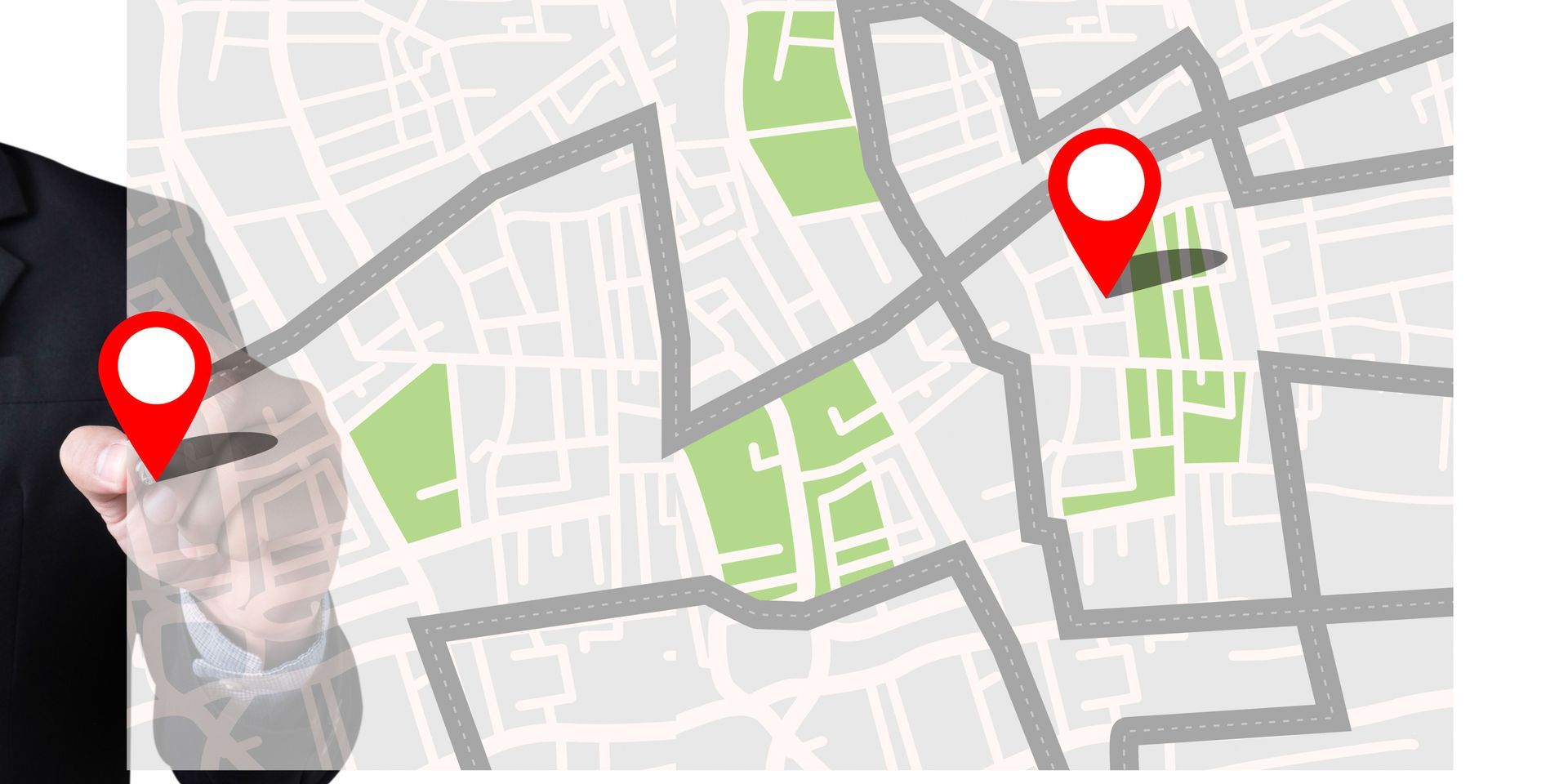
Google Maps SEO focuses on improving the visibility of your business in local searches, particularly those made through Google Maps or location-based queries on Google Search. This strategy is essential for businesses that rely on local customers, such as cafes, shops, or service providers.
When people search for services or products “near me” or in a specific location, Google Maps displays a list of relevant businesses, often showing the top three in the "local pack." Appearing in this local pack can make a big difference in attracting customers, as it puts your business right in front of people who are looking for services in their area.
Key aspects of Google Maps SEO include:
- Google Business Profile (GBP): Formerly known as Google My Business, ensuring your GBP is complete and accurate is crucial. This means updating your business name, address, phone number, opening hours, adding photos, and encouraging customer reviews.
- NAP Consistency: The name, address and phone number (NAP) of your business(NAP) should be consistent across all online platforms, from directories to social media.
- Local Citations: Having your business mentioned on local websites, directories, or other platforms can boost your visibility in local searches.
- Location-Based Keywords: Using keywords that reflect your business’s location can help you be found by people searching in that area.
For businesses that rely on foot traffic or local clientele, Google Maps SEO can be a highly effective way to convert online searchers into in-person customers.
What is Traditional SEO?

Traditional SEO is aimed at improving your website’s ranking in organic search results, regardless of geographical location. It is ideal for businesses that serve a wider audience, whether that is across the UK or even internationally.
Key elements of traditional SEO include:
- On-Page SEO: This involves optimising individual pages on your website by using relevant keywords, creating high-quality content, and ensuring the use of proper meta tags and descriptions.
- Off-Page SEO: Building backlinks from reputable websites can improve your site’s authority and ranking in search engine results pages (SERPs).
- Technical SEO: Make sure your website is easy for search engines to crawl and index, by improving site speed, mobile compatibility, and fixing any broken links.
- Content Marketing: Publishing valuable, relevant content that answers questions your audience might have can help drive more traffic to your site.
Traditional SEO takes a longer-term approach and is well-suited for businesses looking to build a solid online presence, to attract traffic from a broader range of search queries.
Key Differences Between Google Maps SEO and Traditional SEO
While both strategies aim to boost visibility, they focus on different aspects of search optimisation.
- Geographical Focus: Google Maps SEO is highly localised, while traditional SEO targets a broader audience. If your business operates in a specific area, Google Maps SEO can bring quicker results. If a national or international reach is required, traditional SEO is essential.
- Search Results: Google Maps SEO focuses on getting your business into the "local pack" or the top of Google Maps results, while traditional SEO works to get your website higher in organic search rankings.
- Ranking Factors: Google Maps SEO relies heavily on local reviews, NAP consistency, and local citations. Traditional SEO, on the other hand, focuses more on high-quality content, keyword optimisation, and backlink strategies.
- Conversion Type: Google Maps SEO is geared towards driving physical foot traffic to your location, while traditional SEO is aimed at increasing online traffic to your website.
Which One Is Right for Your Business?
Deciding between Google Maps SEO and traditional SEO depends on your business’s focus and what you want to achieve.
- For Local Businesses: If your business is location-based and relies on local customers—such as a cafe, retail shop, or local service provider—Google Maps SEO should be a priority. Appearing in local searches can help bring more customers to your door.
- For Businesses with a Broader Reach: If your business operates across multiple locations or serves customers nationally or internationally, traditional SEO is likely more important. Ranking higher in organic search results can drive more traffic to your website and improve your overall visibility.
Can You Combine Both?
Absolutely. Many businesses can benefit from a mix of both Google Maps SEO and traditional SEO.
Combining these strategies allows you to target local customers through Google Maps while also building a strong online presence for broader search queries.
For example, a local restaurant may want to appear in Google Maps searches to attract customers nearby but also build a traditional SEO strategy to rank for more general searches about their menu, events, or delivery options.
Using both approaches gives you the flexibility to reach customers searching for your services both locally and online.
Conclusion
Both Google Maps SEO and traditional SEO have their place in modern marketing strategies, and the right one for your business depends on your goals. If you are looking to attract more local customers, Google Maps SEO is essential. If you want to build a broader online presence and attract visitors from further afield, traditional SEO will play a bigger role.
Ultimately, many businesses find that using both strategies together offers the best of both worlds. By combining local and general search strategies, you can increase your visibility and attract more customers.
If you are unsure which approach is best for your business, visit
www.overtdigitalmedia.com to learn more about how we can help with tailored SEO services designed to suit your requirements.
Book a Free Website SEO Audit
Challenges for Marketers and Businesses
While good SEO agencies are used to adapting to changes in the Google search algorithm, the introduction of A.I. summaries is an unprecedented challenge. There will inevitably be an SEO 'arms race' for creating content that gets referenced within these summaries. This race will inevitably be won by companies with big budgets that can afford the time and cost of producing huge amounts of detailed content.
Introducing AI-generated content at the top of search results has made SEO more challenging. One of the most pressing concerns is the potential loss of organic traffic. As AI-generated summaries meet users' needs without needing to click further, websites may experience a decline in traffic, even if they continue to rank well on the results page.
This change demands a strategic pivot. Marketers need to consider how to make their content more engaging and essential, encouraging users to explore beyond the AI-generated answer. This might involve focusing on content that offers a deeper level of detail, personal insights, or unique perspectives that A.I. cannot easily replicate. Additionally, diversifying traffic sources by leveraging social media, email marketing, and other channels becomes more critical in a landscape where Google search might no longer be the primary driver of visits.
The Role of Paid Ads and the Strategic Implications
These AI-generated results are placed beneath paid ads on the search results page. This positioning increases the value of paid search advertisements. Since organic visibility is now more challenging, businesses might feel pressured to invest more in Google Ads to maintain their presence at the top of search results. Again, this will benefit larger companies that have bigger budgets at the expense of smaller businesses.
For many businesses, especially those with limited marketing budgets, this change could necessitate a re-evaluation of their marketing spend. Allocating more resources to paid search may become essential to compensate for the loss of organic traffic. However, this also means competing in a potentially more crowded and expensive ad marketplace.
However, relying solely on paid ads is not a sustainable solution for most businesses. The key will be finding a balance between paid and organic strategies, ensuring that even if AI-generated content dominates informational searches, there are still ways to reach potential customers.
Consider integrating paid ads with good content strategies focusing on authority, trustworthiness, and relevance to encourage users to click through to their sites.
Click here to learn more about Paid Ads and PPC
Optimising for the Future
Adapting to these changes requires a proactive approach. Companies should start by auditing their existing content to identify areas where they can add value beyond what an A.I. summary can provide. This might involve updating their existing content to include more detail or analysis. Case studies, infographics, and videos can provide significant information for website visitors.
Additionally, businesses should build a strong brand presence across multiple platforms within their local area. While Google search remains a powerful tool, diversifying traffic sources and building direct relationships with customers through social media, newsletters, email marketing, and other channels such as local chambers of commerce and sponsoring events can raise your company's profile locally and further afield.
Book a Free SEO Audit
Google Business Profile - your new best friend
Optimising their Google Business Profile should be a top priority for service-based companies that want to attract companies in their local area. Your Google Business Profile dictates where your business ranks on Google Maps. Being in the top three ranked companies on Google Maps secures you a position in the Map Pack, which is positioned just under the paid ads in Google search results pages.
To learn more about optimising your Google business profile, visit our website's Google Maps SEO page or read one of our recent blogs about this subject.
Conclusion
Google's shift toward AI-generated content in search results marks a new era for SEO and digital marketing. While this change presents challenges for those relying on long-tail keywords and organic traffic, it also offers new opportunities to improve rankings in Google. Businesses can capitalise on these opportunities by creating content used by Google's A.I. summaries.
Staying ahead in this new search environment will require a significant and sustained effort, not to mention time and effort. Still, as with all SEO efforts, those who adapt quickly will thrive despite the challenges.
About Overt Digital Media
Overt Digital Media is a leading website design and SEO agency based in Christchurch on the edge of The New Forest. We serve customers throughout the Hampshire Dorset and Wiltshire regions.
We specialise in website design and Local SEO, helping our clients attract more customers from their local area. Should you need help getting your business noticed online or getting to the top of Google, please contact the team at Overt Digital Media and request your free SEO audit and website review.

